In the News
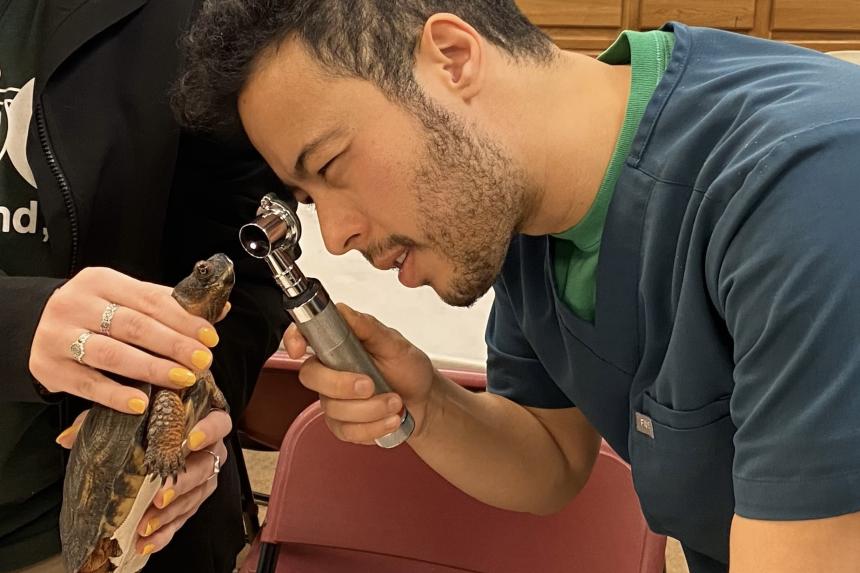
News
January 27, 2025
Cornell alumnus Julian Rivera, DVM ’18, has found his niche as the Clinical Veterinarian at the Staten Island Zoo. His path from veterinary school to zoo medicine illustrates both the opportunities and challenges faced by aspiring wildlife veterinarians.
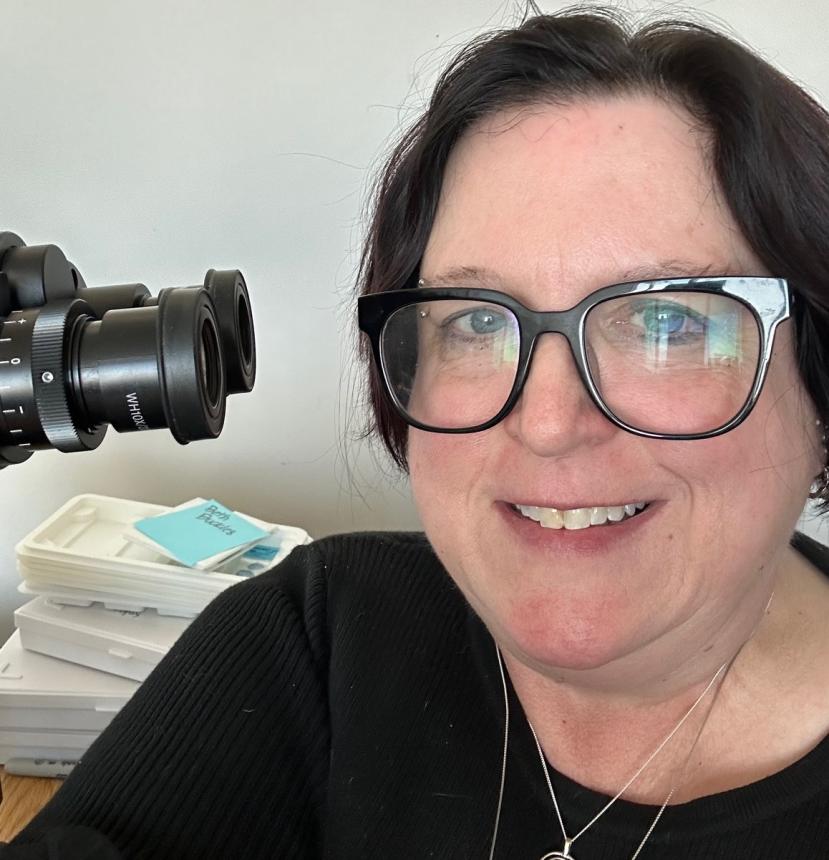
Blog
November 05, 2024
Ithaca may pride itself on being “gorges”, but in my opinion the best part of living in the Finger Lakes is Autumn! The changing leaves, crisp air, and fall sunshine make this the perfect time of year to walk dogs, hike local parks, go wine tasting, and of course, make large amounts of apple butter....
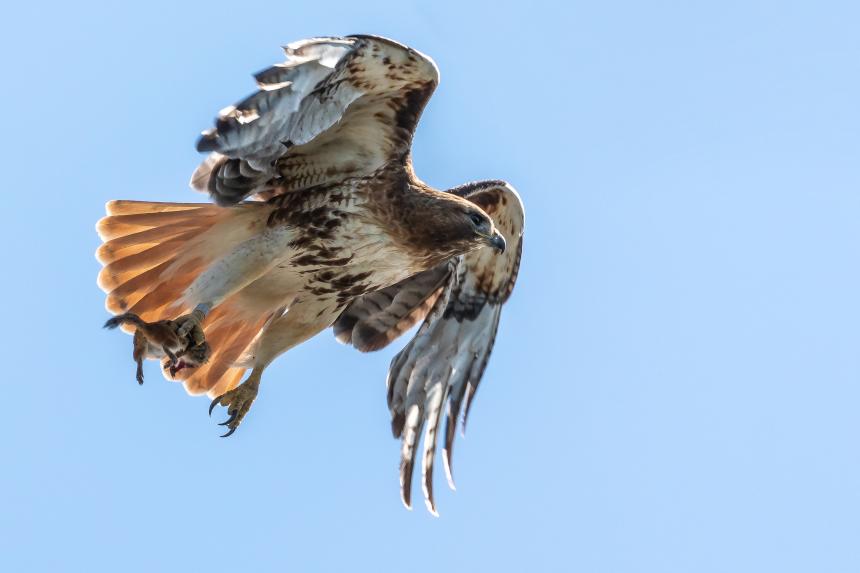
August 05, 2024
Supertoxic rodenticides are building up inside unintended targets, including birds, mammals, and insects. Scientists, including Cornell's Dr. Cynthia Hopf, want to understand the damage—and limit it.
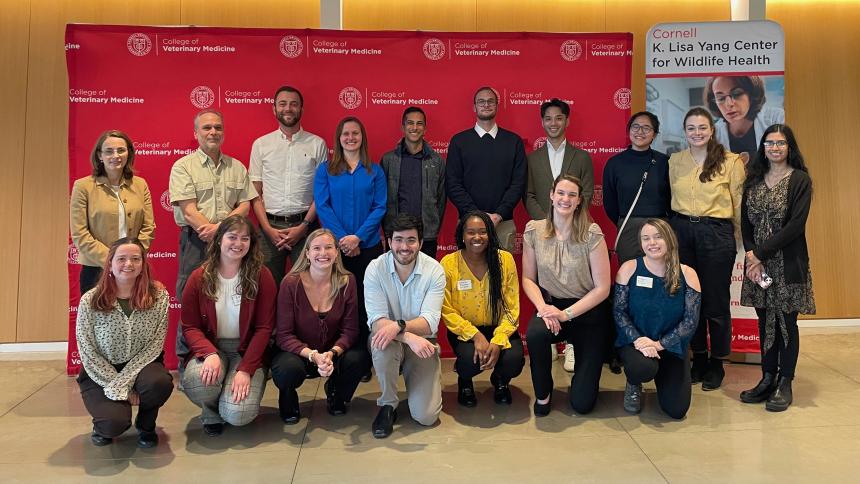
July 09, 2024
The student-led Zoo and Wildlife Society at the Cornell University College of Veterinary Medicine hosted their second annual Wildlife Conservation Day featuring a diverse set of speakers.
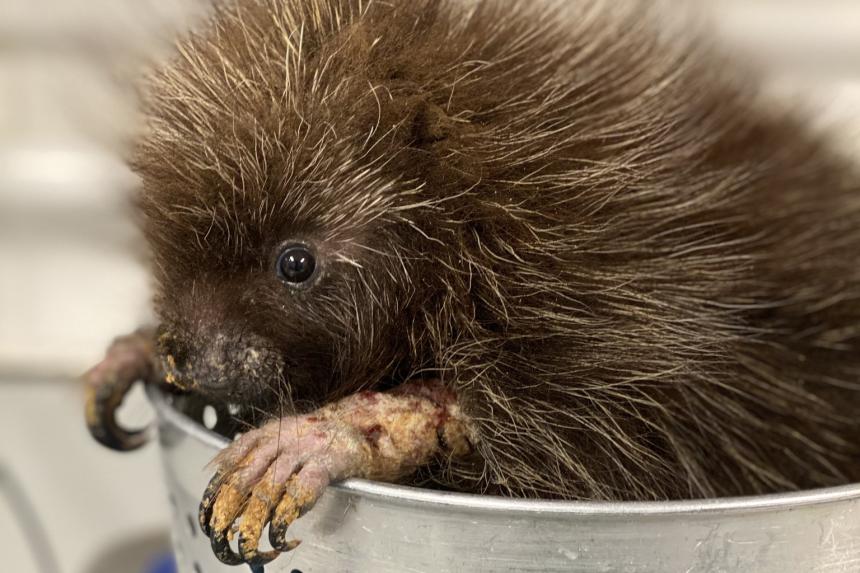
For Your Information
July 05, 2024
Check out this new paper led by Cornell zoological medicine resident Dr. Laura St. Clair and an interdisciplinary Cornell team studying sarcoptic mange in wild North American porcupines.
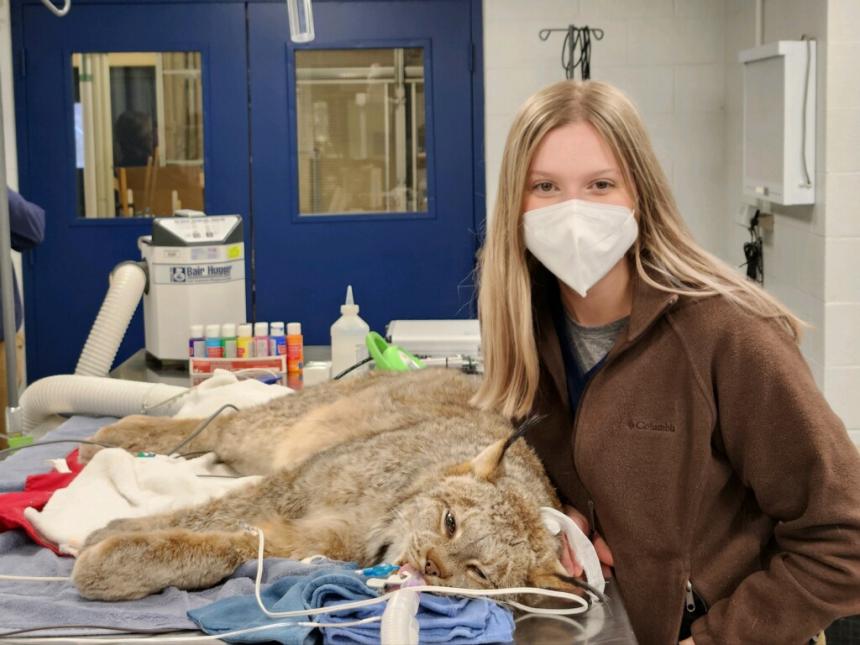
Blog
June 27, 2024
Being a Rochester native, Seneca Park Zoo, home to nearly 100 different species, has always been my home zoo. A couple of years ago, Dr. Chris McKinney, who had worked at the small animal GP my family pets see, transitioned from relief veterinarian to full-time zoo veterinarian. So, as a veterinary student very much interested in a career in zoo medicine, I reached out....
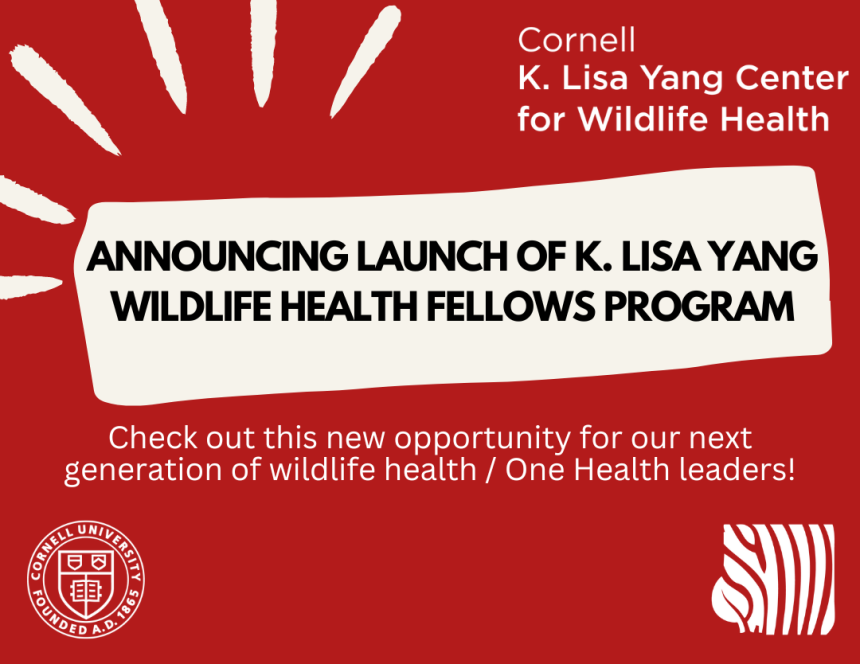
Announcement
May 15, 2024
Check out this new opportunity for our next generation of wildlife health / One Health leaders!
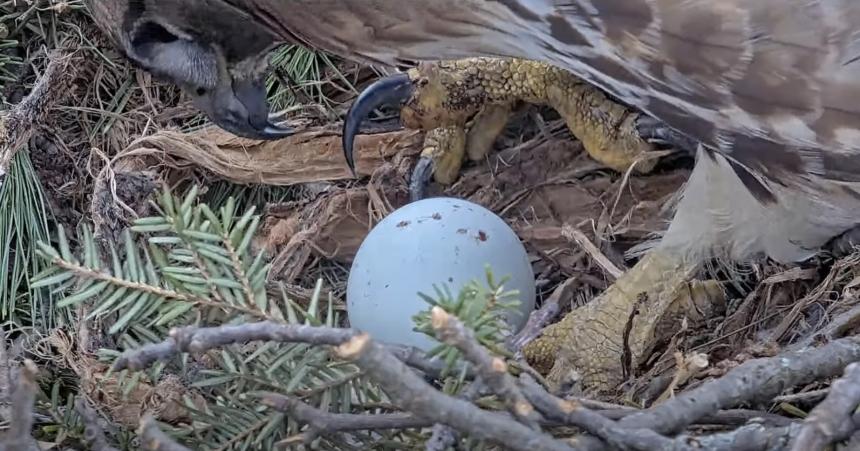
April 17, 2024
Cornell Lab of Ornithology staff have been working with wildlife veterinarians at Cornell’s Janet L. Swanson Wildlife Hospital to monitor Big Red, the beloved matriarch of the Red-Tailed Hawk Cam. Big Red appears to have sustained an unknown injury to her right foot.
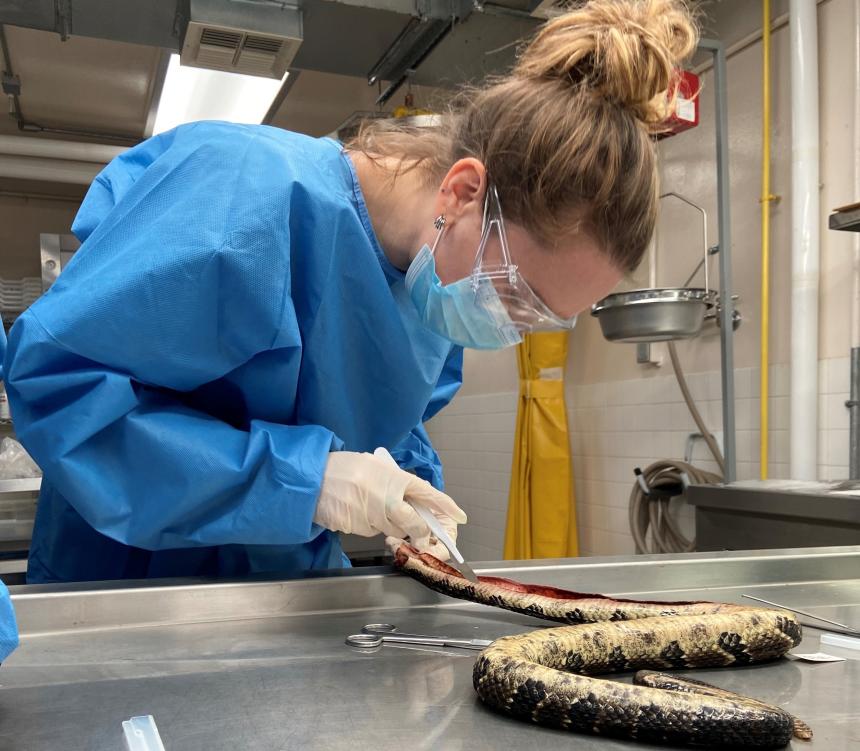
Blog
April 15, 2024
My role within the lab is a complex balancing act of time management, project and sample organization, and managing our case data stream. I guide incoming diagnostic case submissions, manage research project samples and submissions, and help facilitate educational activities like wet labs and symposiums....

Video
March 11, 2024
Dr. Sara Childs-Sanford, associate professor and section chief of wildlife medicine, describes opportunities for veterinary students at the Cornell University College of Veterinary Medicine.
